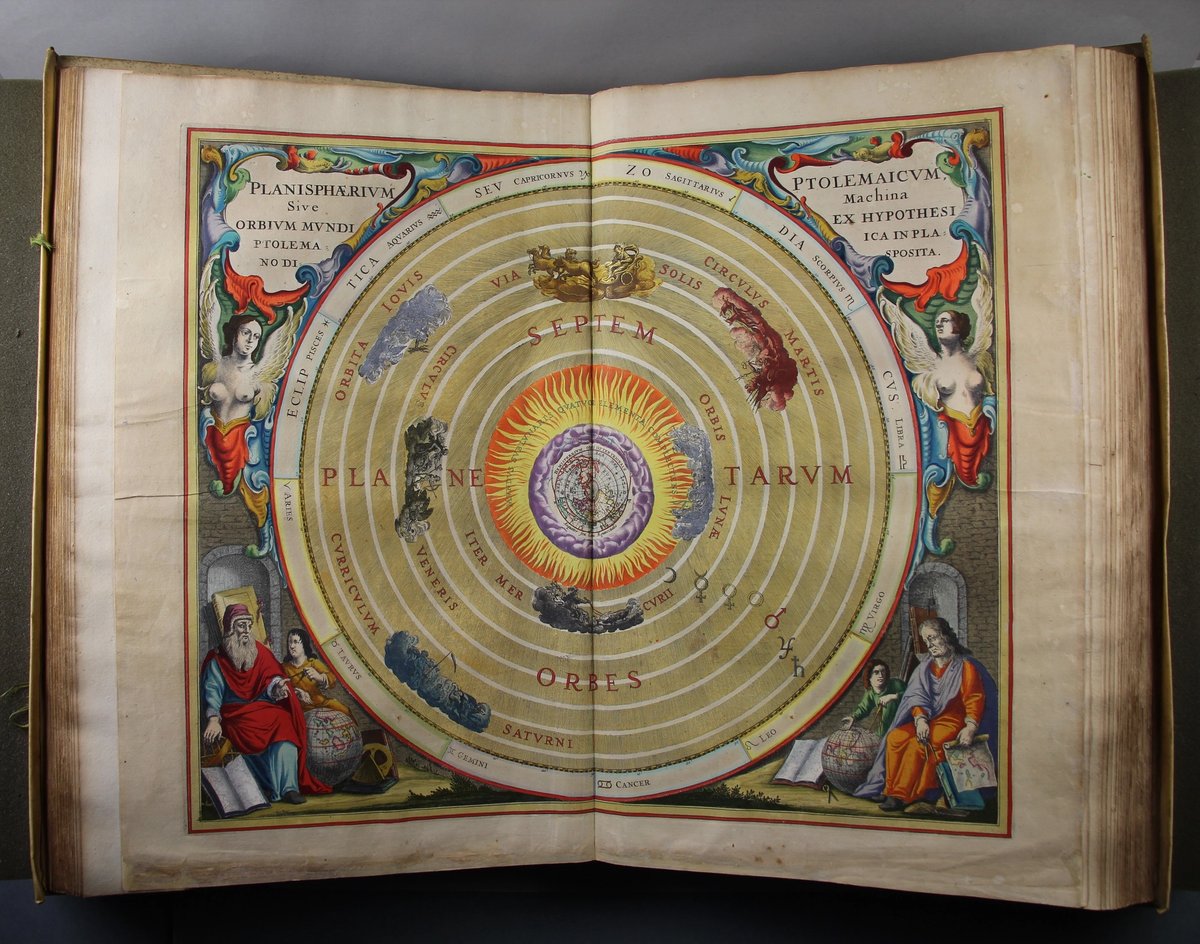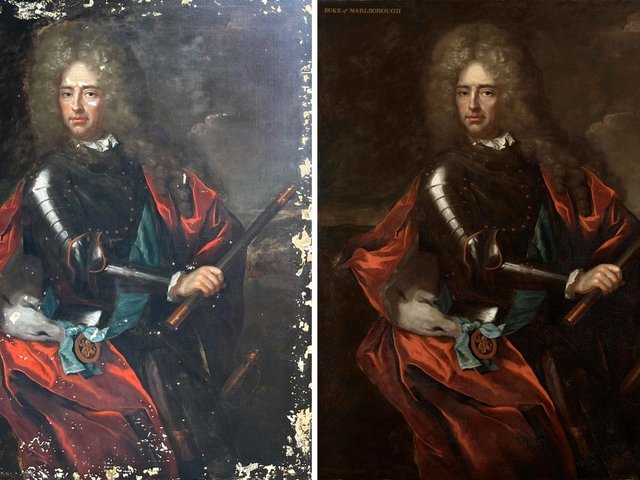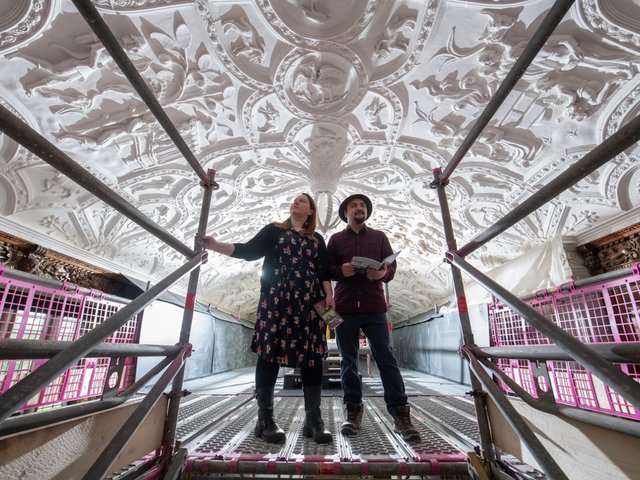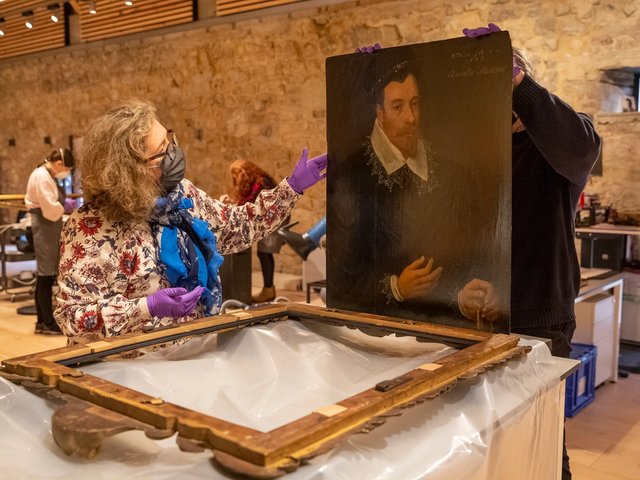A dazzling 17th-century atlas of the stars and planets will go on display for the first time in Norfolk next weekend, fresh out of conservation work with its pages as brilliant as if newly hand coloured.
The atlas printed in the Netherlands in 1661 is believed to be one of only 20 surviving copies of the Harmonia Macrocosmica of Andreas Cellarius, and is regarded as one of the masterpieces of Dutch 17th-century art when the map-makers and printers of cities including Leuven, Antwerp, and Amsterdam were seen as the greatest in the world. It illustrated contemporary theories about the movement of the sun, the stars and the planet, at a time when belief was shifting from the old understanding that the earth was the centre of the universe.
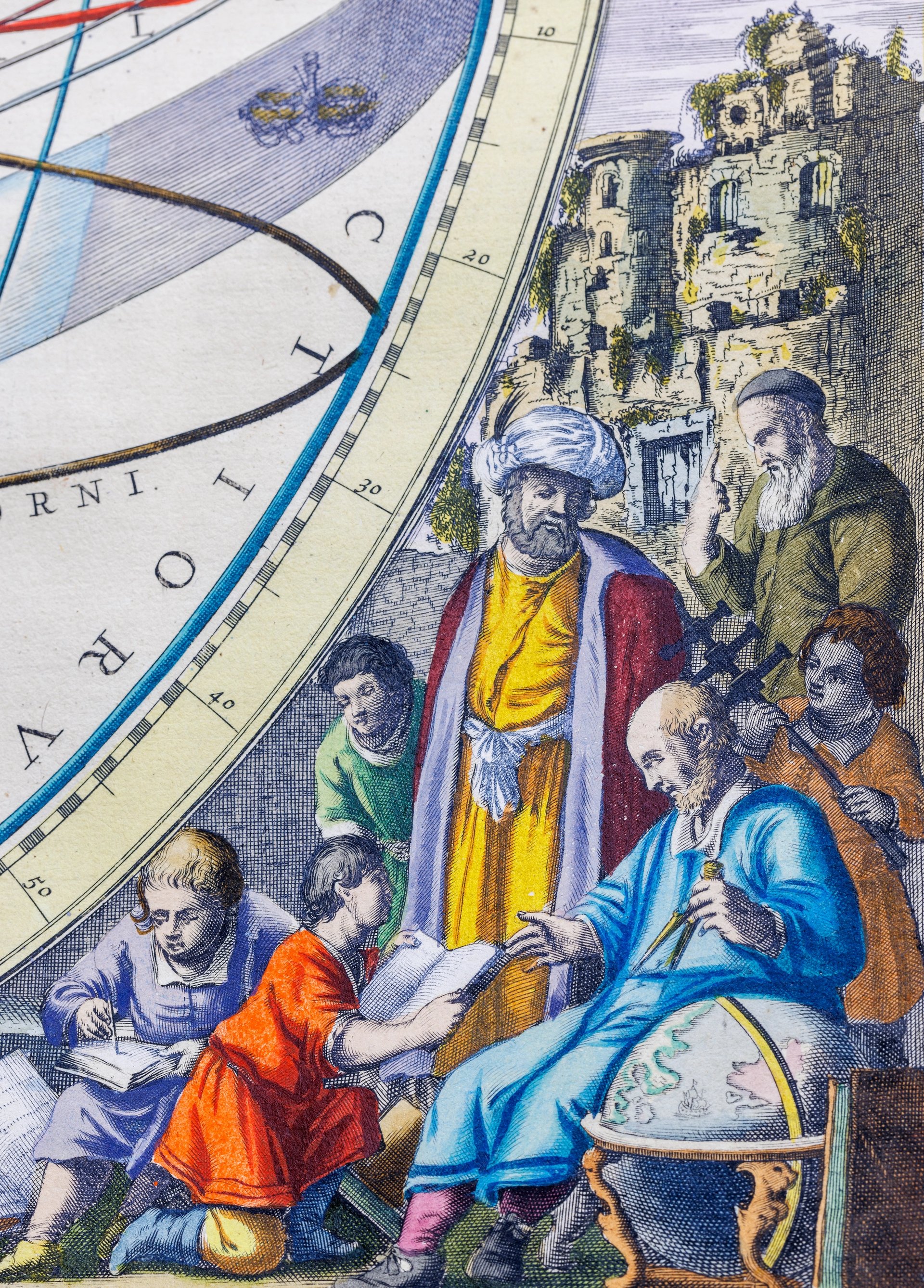
Detail of the Harmonia Macrocosmica Star Atlas by Andreas Cellarius © National Trust. Photo: Paul Bailey
It will be on view—open at some of the most beautiful pages—in the long library of the Blickling Estate of the National Trust, as the centrepiece of special Christmas displays created to celebrate its beauty, from Saturday 23 November until Sunday 5 January. The atlas, a luxury volume in a spectacular gold tooled binding, has been one of the most precious volumes in the enormous collection at the house since 1742, but because of its fragile condition and the disintegrating spine of the binding, it has never been on public display since the Jacobean mansion and estate were acquired by the National Trust in the 1940s.
Rebecca Feakes, the trust’s librarian at Blickling, says the atlas was always meant to be displayed and enjoyed. “Owning it told the world about your status and intelligence. It was aimed at wealthy, learned collectors who valued it as a reference work, beautifully produced. The gold-tooled bindings and hand-coloured plates are spectacular; it is the height of the copper engraver’s skill.”
She adds: “Some of the ideas in the book seem strange to us now, but the stunning illustrations leave no doubt that Cellarius and his contemporaries were just as awestruck by the night sky as we are today.”
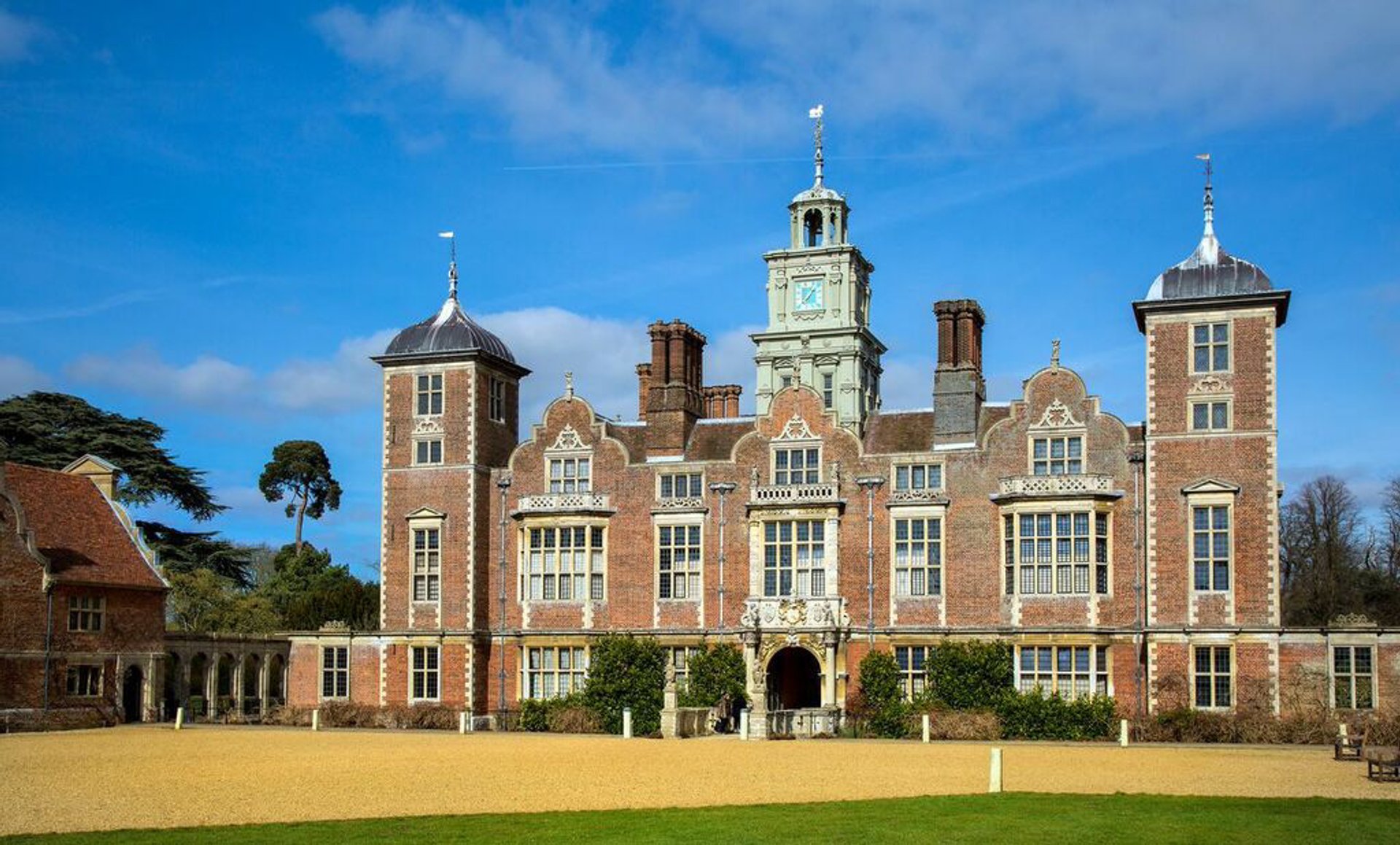
Thr house at Blickling Estate, Norfolk © National Trust Images. Photo: Ian Ward
Cellarius had a newly discovered minor planet, orbiting between Mars and Jupiter, named in his honour in 1960, but little is known of his life or work. A school teacher born in Germany, he wrote books on military architecture and the history of Poland before his Amsterdam publisher, Johannes Janssonius, may have suggested the star atlas.
Blickling has one of the most spectacular libraries among the trust's properties. It includes 10,000 items, which are still being studied and catalogued, that were given to the then owner in 1742 by his uncle, the scholar Richard Ellys. Its priceless collection of atlases is being studied as part of a National Trust research project on light exposure, and how to balance access and preservation.
The book conservation expert who spent three months repairing the atlas, Clare Prince, says the parchment spine was so dry and fractured, and many pages torn and crumpled or loose and at risk of further damage, that the book was almost impossible to handle. The spine was completely dismantled, the fragments lined with Japanese paper and built up with further layers of paper. There were also many paper repairs to pages and plates within the book before they were reattached.
Megan Dennis, the estate curator, says the atlas has inspired Blickling’s Journey to the Stars Christmas displays, with star-filled rooms including a planetarium and a presentation on the northern lights.


